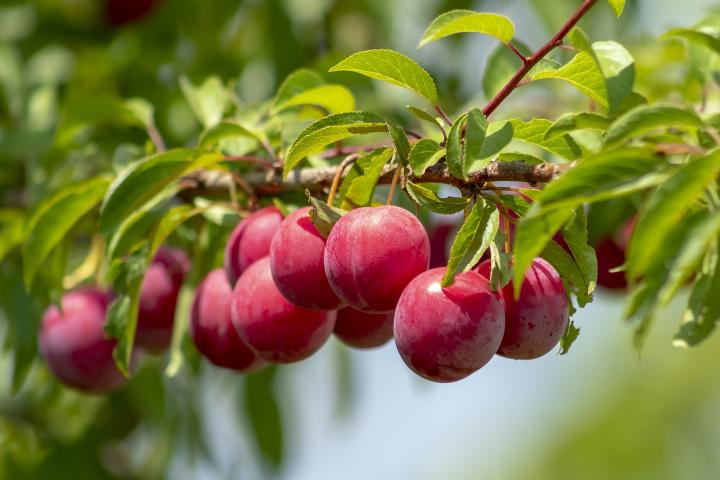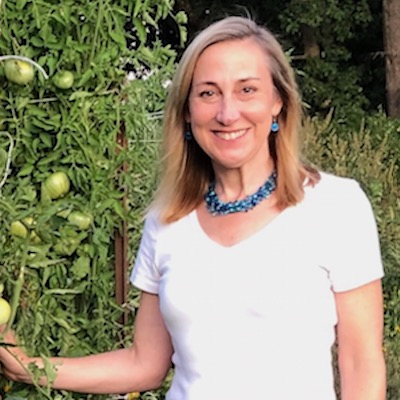
Learn how to choose, plant, and care for plum trees with this complete growing guide
Read Next
Types
- For a European type, try the ‘Stanley’. This semi-freestone type works great for the eastern, midwestern, and some of the northwest regions of the U.S. It is self-fertile, meaning no cross-pollination is necessary. It’s harvested in late August, producing medium to large plums with dark blue skin and greenish-yellow flesh and is great for cooking, canning, or eating fresh.
- For a Japanese type, try the ‘Satsuma’, which produces large, dark-red plums. This kind is good for eating fresh and canning because of its sweet taste.
- American hybrid trees, such as ‘Alderman’, ‘Superior’, and ‘Underwood’, are all popular choices. These trees combine the taste of the Japanese variety with the hardiness of the European variety. These types work well for regional extremes.
Gardening Products
Cooking Notes
- Plums are great for making jams or jellies.
- Plums can also be stored through freezing or drying them (dried plums are prunes), learn how to dry fruit with a dehydrator.
More Like This
Hi, Michele: We had to consult with Professor Plum on this one because you have rolled up a lot of good questions into just a few sentences! We can't get into shopping advice here, which is good because there are some big question marks, like who is "this guy"?, did you see him get the seedlings from his yard?, are the plums really good to begin with?, is he selling root upshoots (suckers) or real seedlings?, and how much does he want for them? Most good trees come from grafting a known producer onto a new rootstock, so starting from the ground up is often an adventure. Assuming that he does not want much for these, we might take one just for the fun of it to see what happens. Then again, we could go buy some plums and follow the directions in the forum below get some seeds from them and start from there. Plus, we would have the enjoyment of eating the plums. Or, we could do both. Professor Plum is either nodding his head in agreement or nodding off. Good luck!
- « Previous
- 1
- 2
- …
- 10
- Next »











Comments